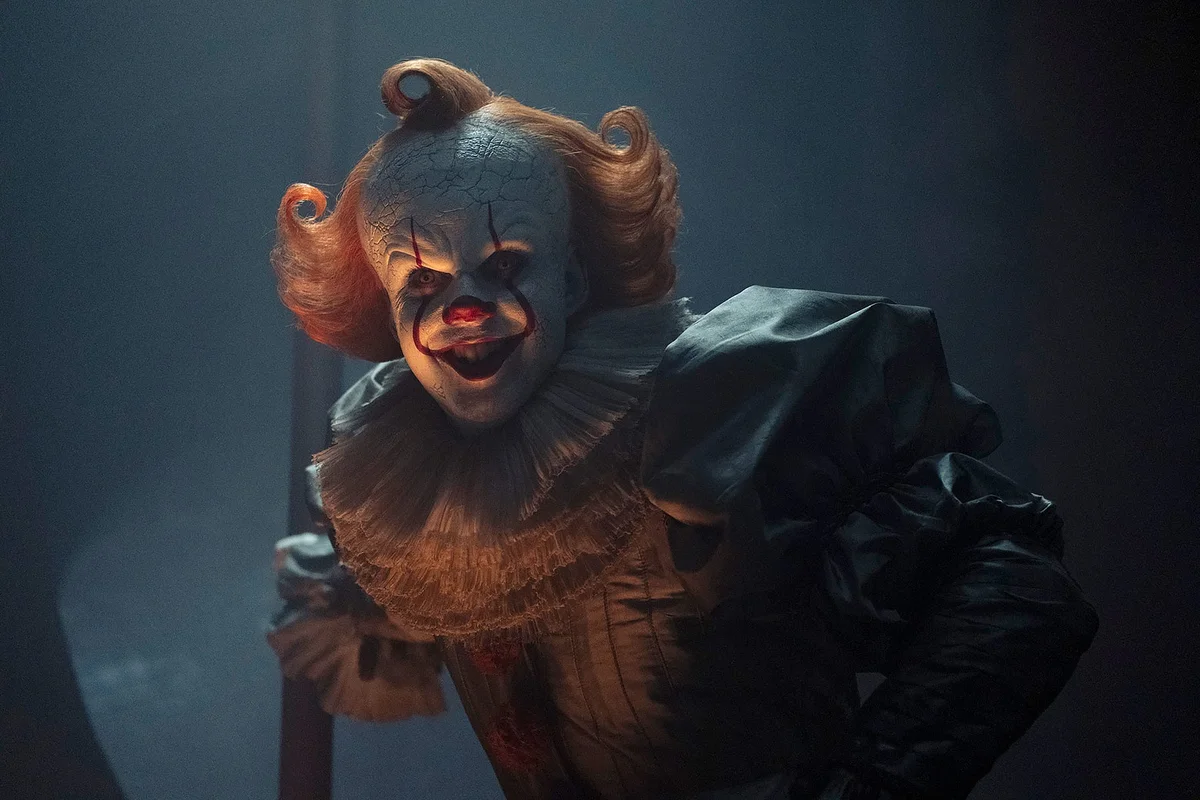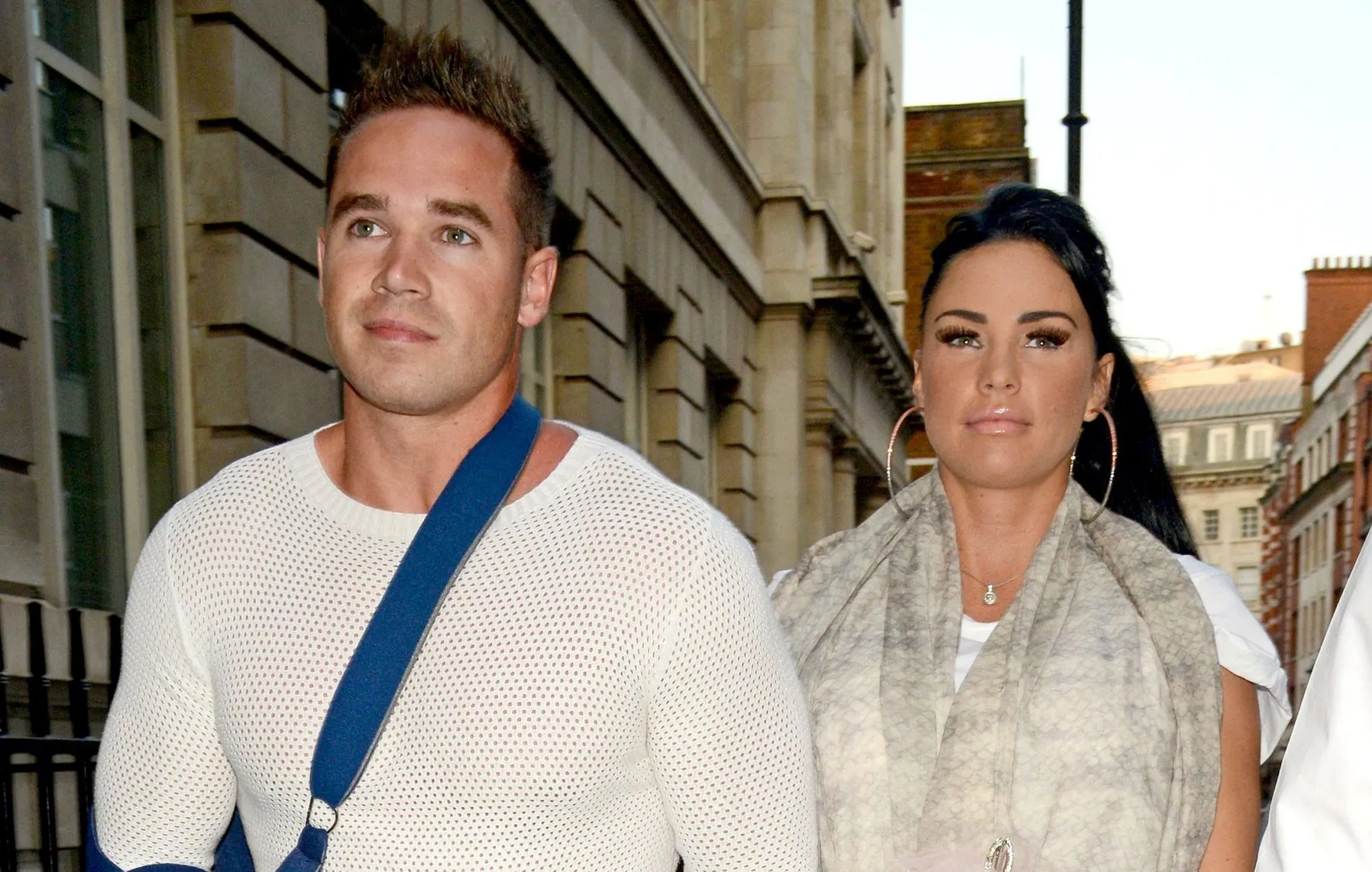Copyright slate

There’s an alternate reality out there somewhere—albeit distressingly far from this one—in which HBO’s It: Welcome to Derry is a great television show. Welcome to Derry, premiering on Sunday, is a spinoff of Andy Muschietti’s hugely successful two-part film series It (2017) and It: Chapter Two (2019), which was itself an adaptation of Stephen King’s 1986 novel of the same name. (Muschietti also co-developed and executive produced the new series.) Weighing in at over 1,000 pages, King’s It is a sprawling behemoth of a book, and the movie adaptations understandably left a lot of meat on the bone. It’s both surprising and ultimately frustrating, then, that Welcome to Derry isn’t so much a further adaptation of the novel as a half-baked attempt at a prequel, an elaborate but ultimately vapid work of King fanfiction dumped into an entertainment landscape that already boasts no shortage of such endeavors. For the uninitiated, King’s It is composed of two main, intertwined narratives, one set in 1957–1958 and the other in 1984–1985. The town of Derry, Maine, is beset by a terrifying evil that emerges from hibernation every 27 years, takes the shape of whatever its victim is most scared of (most famously a clown called Pennywise), and feasts primarily (though not exclusively) on children. In the book’s 1950s storyline, a group of middle-school-aged kids are terrorized by the monster but ultimately band together to confront and defeat It. They then vow that, if It reemerges 27 years hence, they will return to Derry and vanquish the entity once and for all. The book’s 1980s storyline is, in turn, the adulthood fruition of that promise. In adapting King’s novel for the big screen, Muschietti and company first updated the chronologies—the first childhood “Chapter” was now set in the late 1980s, the second adulthood one in the mid-2010s—and then split them into two movies. The results were a mixed bag—the first It film is pretty good, the second is a mess—that grossed upward of a billion dollars between them. Still, significant portions of King’s novel didn’t make it into the films, particularly its “Interlude” sections. One of the many accomplishments of King’s book—which many of the author’s admirers, myself included, consider his masterpiece—is how vividly and carefully he builds the world of Derry, not simply its geography and populace but also its history. The Interlude chapters provide us brief but chilling windows into various bloody events from Derry’s past: the Black Spot fire, the Kitchener Ironworks explosion, the murder of the Bradley Gang, Claude Heroux’s barroom massacre. In the hands of an inventive writers’ room, any number of these events could have been blown out into a whole season of compelling television, which was likely the hope of many King fans when Welcome to Derry was announced. (It was certainly mine.) That the show doesn’t actually do this wouldn’t necessarily be a fatal error, were it not for the fact that what it does choose to expand upon is arguably the weakest facet of King’s novel, namely when the author offers up an origin story for the Derry monster that’s mired in the sort of vague sci-fi mumbo-jumbo that’s never been King’s strong suit. This stuff is silly in the book but it’s also fairly brief and largely immaterial, which makes the show’s choice to latch onto it all the more baffling. It: Welcome to Derry is set in 1962, roughly 27 years prior to the conclusion of the first movie. The early-1960s setting stands in rough approximation of the late-1950s period of the book, and the show dutifully (if clumsily) works in a variety of current events, from the Cuban Missile Crisis to the Civil Rights Movement. In the most general of terms, the plot of the show follows what you might expect: Children in Derry are going missing, and numerous factions in and around town are trying to figure out how and why. One of these is a hodgepodge group of socially ostracized schoolchildren—reinventing the wheel a bit here, but so far, so good. Another is the United States Air Force. Wait, what? Through a series of convolutions I won’t spoil here, the military has become aware of the monster in Derry and is hoping to somehow capture it to use it as a weapon against the Soviet Union in the Cold War. Luckily there just happens to be an Air Force base in Derry, one that has recently seen the arrival of Major Leroy Hanlon (Jovan Adepo), an African American war hero who, it is soon revealed, suffered a combat injury to his amygdala that has rendered him incapable of fear. The military is also increasingly entangled with a local Native American tribe who have for centuries taken it as their sacred duty to keep the monster contained. Leaving aside that the show’s depiction of Native people would have seemed dated even in 1962, the entire premise of It would suggest that the tribe could have been doing a better job. Rest assured that nothing of the above paragraph is any less ridiculous on a television screen than it is on whatever screen you’re reading this on. Through the first five episodes screened for critics—this season promises eight in total—the origins and backstory of It become increasingly central to the show’s plot, as if the show’s makers are waging a personal vendetta against everyone who’s ever skimmed over those blessedly few pages of King’s novel. Welcome to Derry does manage to be intermittently scary, with a handful of truly gruesome set pieces, but the show’s convoluted plotting and ham-fisted forays into socio-historical commentary suggest that the writers felt that simply making a down-the-middle horror show was somehow beneath them. It really, really isn’t. There are some solid acting performances from some welcome performers, including James Remar as Air Force Gen. Francis Shaw and the always excellent Chris Chalk as airman Dick Hallorann. (Yes, that Dick Hallorann.) But the show grinds to a halt every time its child characters appear, which isn’t a knock on those actors’ abilities so much as the exceedingly bland roles they’re tasked with bringing to life. It takes both imagination and nerve to write children for the screen with real nuance and complexity, especially in television, where it’s long been standard to deploy them as objects of cutesy sentimentality. Welcome to Derry doesn’t manage to avoid this, even when its children are beset by immense trauma: They never go beyond just being simplistic shorthands, one-dimensional engines of pure sympathy, which in turn makes the trauma itself feel both dull and exploitative. If Derry is haunted by a shape-shifting alien monster that eats children, Welcome to Derry is haunted by something only slightly less vexing: another, more successful television show, specifically Netflix’s long-running megahit Stranger Things. At points Welcome to Derry feels so imitative of Stranger Things that I wondered if the show’s makers forgot what source material they were supposed to be spinning off, from its ersatz-Spielberg visual flourishes to major elements of the plot itself. The result is something much more bizarre than a simple lack of originality. Stranger Things is itself heavily influenced by King’s work and by It especially, and watching a show inspired by It that is so painfully derivative of another show inspired by It quickly feels like consuming a confused and redundant pastiche, like listening to an A.I.-generated replica of the Beatles that solely performs Oasis covers. Even the show’s attempts at fan service, which should be a layup for a project like this, somehow miss the mark. There are numerous Easter eggs where relatives of characters from the novel show up in this earlier version of Derry, some of whom become victims of It themselves. This implies a timeline in which multiple generations of a family have been terrorized—and in some cases killed—by Derry’s monster, yet have inexplicably remained in town, which in turn evokes the old Eddie Murphy routine about white people and haunted houses. I could go on, but why bother? The only truly disturbing accomplishment of It: Welcome to Derry is taking something I love and making me not care about it in the slightest.



